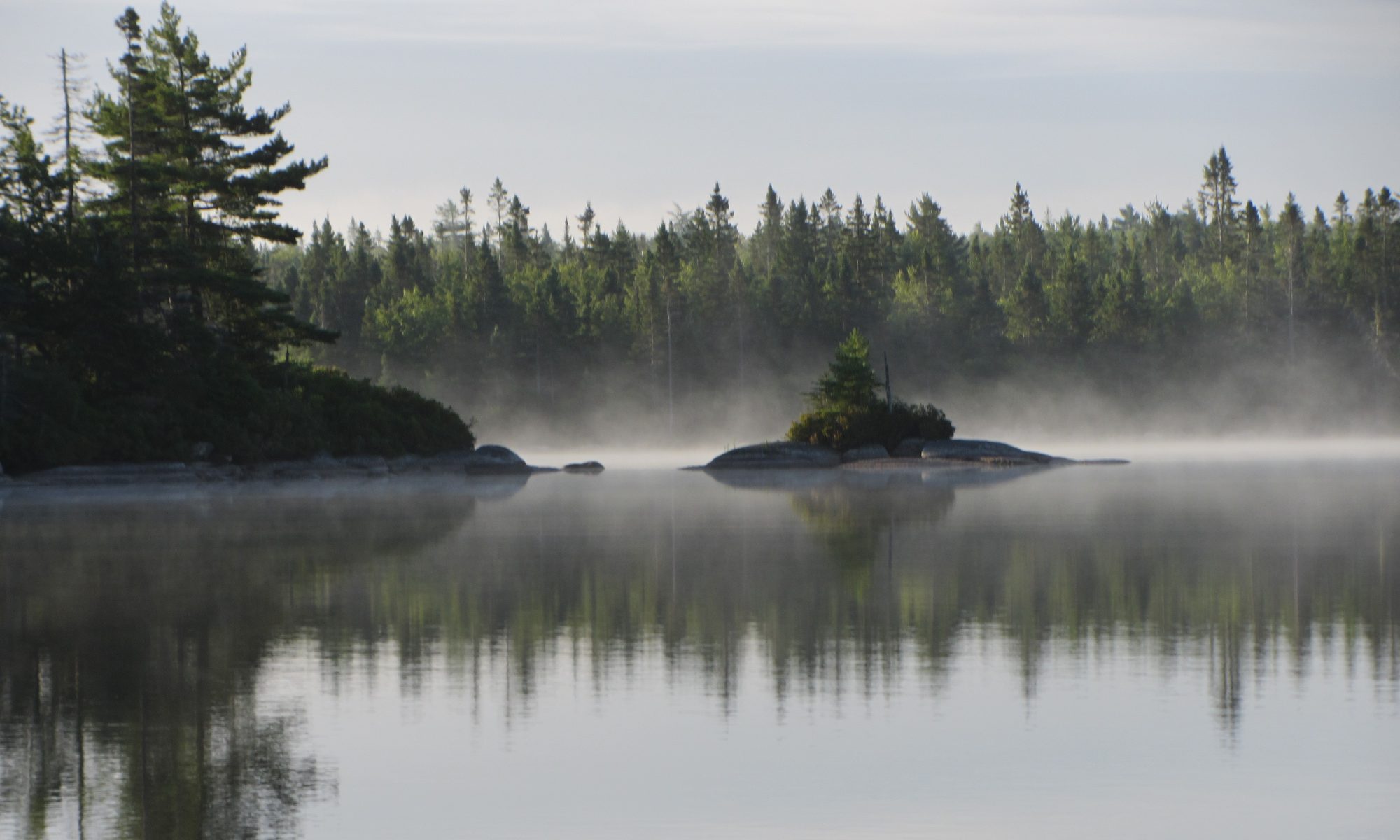The Woodens River Watershed Environmental Organization (WRWEO) wants to acknowledge the increase in the effects of HARMFUL HUMAN IMPACTS on the Bluff Wilderness Hiking Trail.
The Bluff Trail is located within the Five Bridge Lakes Wilderness Area a designated protected area under the Wilderness Areas Protection Act WRWEO works closely with Nova Scotia Environment (NSE) and Department of Natural Resources (DNR) to identify solutions, and has implemented the Bluff Trail Stewardship Program to inform and educate the public.
Some of the main concerns are related to:
TRAIL WIDENING
TRAIL SPURS & BRAIDING
TREE CUTTING
CAMP FIRES
TOILET PAPER
HUMAN & DOG WASTE
WRWEO needs the support & cooperation of Bluff Wilderness Trail users to address these problems.
LEAVE NO TRACE (LNT) PRINCIPLES
Follow official trails. Travel single file in the centre of the trail, even through wet and muddy areas.
Use only Approved LNT Educational Sites for camping.
Pack out all food (including peels and shells) and litter including toilet paper.
Bury human and dog waste at least 60m off trail and away from water or pack it out.
Leave rocks, plants, trees, and other natural objects as you find them. Do not build an Inukshuk, furniture, cairns, or fire rings. Do not cut trees or pick flowers.
Use ONLY LNT fire bowls & camp stoves. Campfires are prohibited. Use ONLY fallen dead wood for LNT fire bowl fuel.
Observe wildlife from a distance. Do not follow, approach, or feed animals. Feeding may cause aggressive behaviour.
Note that dogs on the trail cannot be running at large and we ask that all dogs be leashed.
Be courteous to others. Enjoy the sounds of nature.
For more information on how to help check out:
Keep It Wild: A Guide for Low Impact Recreation in Nova Scotia’s Wilderness Areas
